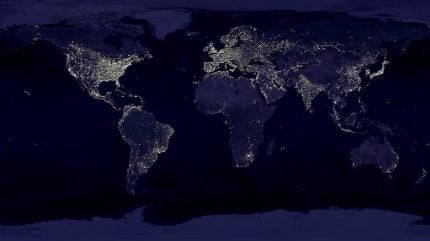
IEA has released its latest Global Energy Review, its first global assessment of 2024 trends across the entire energy sector. It confirms its earlier assessment that global energy demand grew at a faster-than-average pace in 2024 as the consumption of electricity rose around the world – with increased supply of renewables and natural gas covering the majority of additional energy needs.
This latest report, which is based on the most recent data, covers energy demand, supply, the uptake of new technologies and energy-related carbon dioxide emissions.
The report finds that global energy demand rose by 2.2% last year – lower than GDP growth of 3.2% but considerably greater than the average annual demand increase of 1.3% between 2013 and 2023. Emerging and developing economies accounted for over 80% of the increase in demand in 2024, despite slower growth in China. Notably, after several years of decline, advanced economies saw a return to growth, with their energy demand increasing by almost 1% in aggregate.
Record temperatures, which boosting cooling demand, contributed significantly to the annual 0.8% rise in global CO2 emissions to 37.8 billion tonnes – highlighting the deepening links between the energy sector, climate and weather. However, according to the report, the deployment of solar PV, wind, nuclear, electric cars and heat pumps since 2019 now prevents 2.6 billion tonnes of CO2 annually, the equivalent of 7% of global emissions.
For more information read the energy demand full report






